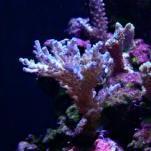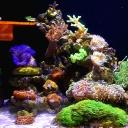-
Topics
-
Latest Update
-
-
1
WTS phytoplankton
To clarify the bottle volume is 600ml Sent from my CPH2437 using Tapatalk -
0
WTS Zoas
GMK 2 pp - $25 Solar flare - $20 Scrambled Eggs - $10 Buy all for $50 Collection near amk/serangoon -
1
WTS phytoplankton
1 -$8 3 - $18 Collection 793436 Sent from my CPH2437 using Tapatalk -
3
Neptune bounce mushroom for sale
Thank you to all reefers that have bought. Still have some available. Size ranging from 0.5cm to approximately 3cm.
-







Recommended Posts
Join the conversation
You can post now and register later. If you have an account, sign in now to post with your account.